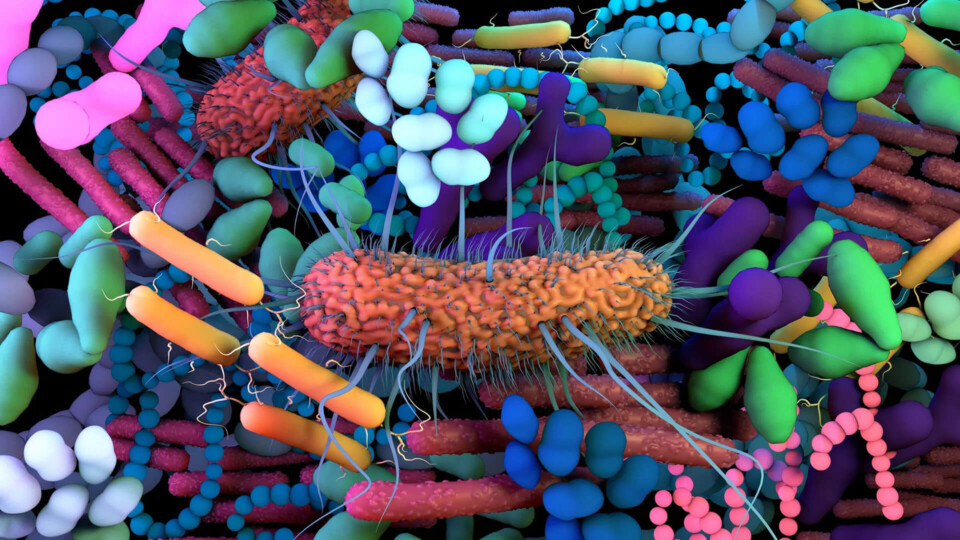How gene-edited microbiomes could improve our health
Scientists are engineering microbes to make healthier compounds. They hope they’ll help treat disease and save the planet.
Microbes have been on my mind this week. These tiny organisms are everywhere, and the ones that reside in our bodies appear to be incredibly important for our health.
Microbes are ancient—they were evolving on the planet for millions of years before humans came along. So it’s no surprise that they’ve developed intricate relationships with other living systems. They feed on chemicals in their environments to produce other chemicals—some of which are more beneficial to nearby organisms than others.
The question is: can we tweak the genomes of these microbes to control exactly which chemicals they break down or produce? Imagine the possibilities. What if we could get microbes to help us reduce pollution? What if we could create microbes that make medicines, or that churn out gut-friendly products in our intestines?
Modified microbes seem to help treat cancer in mice, and human trials are on the way, as I reported earlier this year. (For a more general update on gene editing, you can read about how the editing tool CRISPR is already changing people’s lives, and how some believe we’ll eventually be using the technology to treat the majority of people.)
Getting microbes to work for us has been a tantalizing prospect to scientists for decades. New technologies are bringing us ever closer to making it a reality. So for this week’s newsletter, let’s focus on a couple of particularly exciting ways people are engineering microbes to benefit our health and environment.
Take the work being done by Brad Ringeisen, executive director of the Innovative Genomics Institute in Berkeley, California, and his colleagues. The team recently received a huge amount of funding to explore new ways to engineer microbes for the well-being of people and the planet—particularly people living in low- and middle-income countries.
“We got $70 million to develop precision microbiome-editing tools,” says Ringeisen. The team is focusing on using CRISPR to change the behavior of microbes—not just bacteria, but also their lesser-studied co-habitants, such as fungi and archaea. The idea is that feeding such treatments to people or animals could get their gut microbiomes to a healthier state.
The likely first recipients of such treatments will be cows. The way we farm these animals has a tremendous impact on the environment, for several reasons. (Read more from Tech Review about what it would take to clean up farming here and here.) But one significant element is the methane they emit, since methane is a powerful greenhouse gas that contributes to climate change.
Technically, the methane isn’t made by the cows themselves. It’s produced by archaea in their guts. Ringeisen and his colleagues are looking at ways to alter microbes that reside in the rumen—the first and largest stomach compartment—so that they produce much less of the gas, if any.
Ringeisen thinks that modifying existing microbes should be less disruptive than introducing entirely new ones. He likens the approach to that of a conductor fine-tuning the sound of an orchestra. “[It would be like] bringing up the violin and lowering the bass drum, but to tune the microbiome,” he says.
The team is also looking at how a CRISPR microbiome treatment might benefit human infants. A baby’s first microbiome—thought to be picked up at birth—is especially malleable during the first two years of life. So microbiologists believe it’s important to get an infant’s microbiome as healthy as possible early on.
We still don’t know exactly what that means, or what a healthy microbiome should look like. But ideally, we want to avoid having bugs that make chemicals that cause harmful inflammation or damage the gut lining, for example. And we might want to encourage the growth of microbes that make chemicals that aid gut health—like butyrate, which is made when some microbes ferment fiber and seems to strengthen the intestine’s natural barrier.


